Matilda
Shiny_Rock
- Joined
- Oct 30, 2018
- Messages
- 467
My understanding from the GIA website is NO they do not grade mounted diamonds
Maybe the jeweller does not want to pay for all 20 diamonds to get a report, as this would be a significant percentage of the cost of one of the diamonds. So say one 0.2ct F vS1 costs $350 or so, the GIA report would be over 10% of its value, at least that isn how I estimate it. The jeweller may however add on this cost to the price of the bracelet. I do not know however if you can submit all 20 loose diamonds and get reports for all of them for a reduced price.
https://www.gia.edu/doc/GIA_DtoZServices_100117_USD.pdf
AGS does grade mounted diamonds. Although as stated above by other posters the report will not be as detailed or precise.
At the end of the day, do you trust your jeweller to make you a bracelet with E/F VS1 diamonds?
I think the fastest way to get reassurance, if you trust the jeweller, would be to get an independent appraisal.
Maybe the jeweller does not want to pay for all 20 diamonds to get a report, as this would be a significant percentage of the cost of one of the diamonds. So say one 0.2ct F vS1 costs $350 or so, the GIA report would be over 10% of its value, at least that isn how I estimate it. The jeweller may however add on this cost to the price of the bracelet. I do not know however if you can submit all 20 loose diamonds and get reports for all of them for a reduced price.
https://www.gia.edu/doc/GIA_DtoZServices_100117_USD.pdf
AGS does grade mounted diamonds. Although as stated above by other posters the report will not be as detailed or precise.
At the end of the day, do you trust your jeweller to make you a bracelet with E/F VS1 diamonds?
I think the fastest way to get reassurance, if you trust the jeweller, would be to get an independent appraisal.

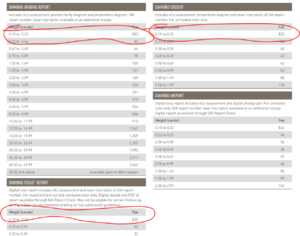
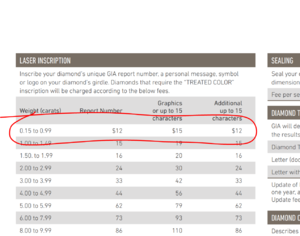
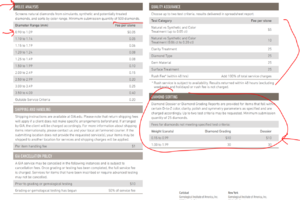
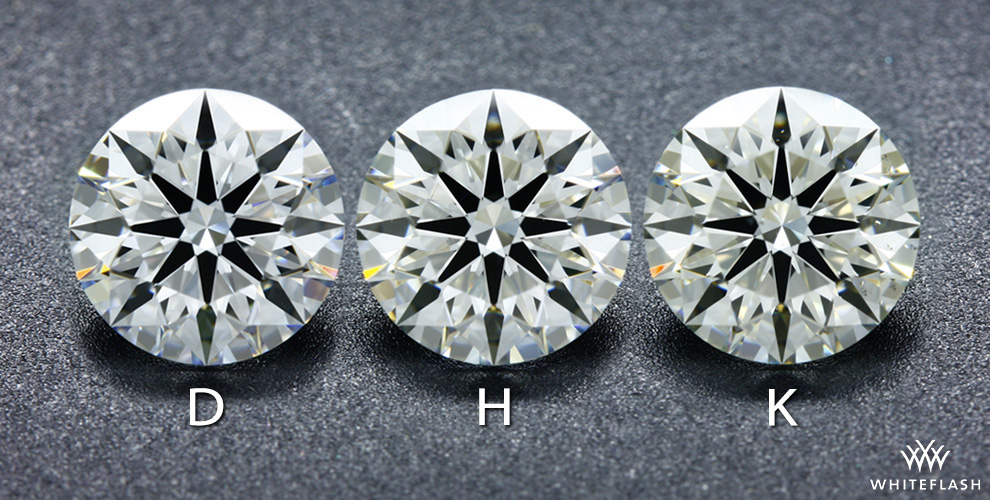

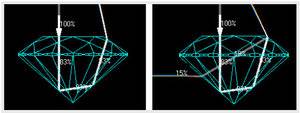



300x240.png)